




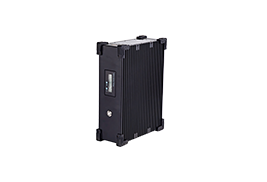
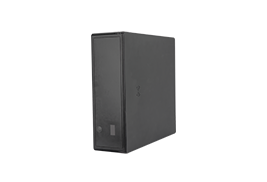
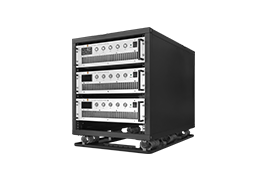
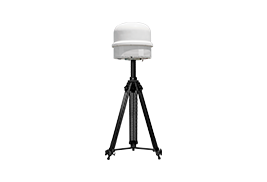
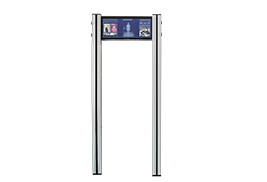
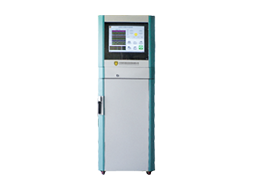
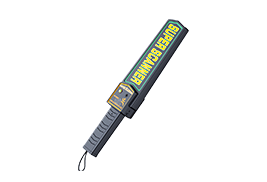

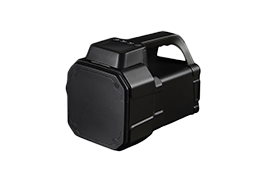
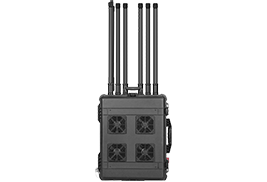
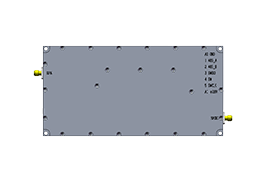
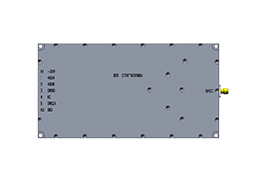
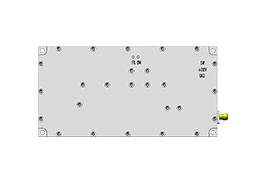
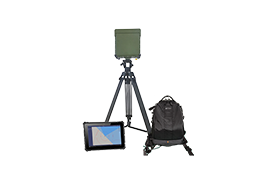
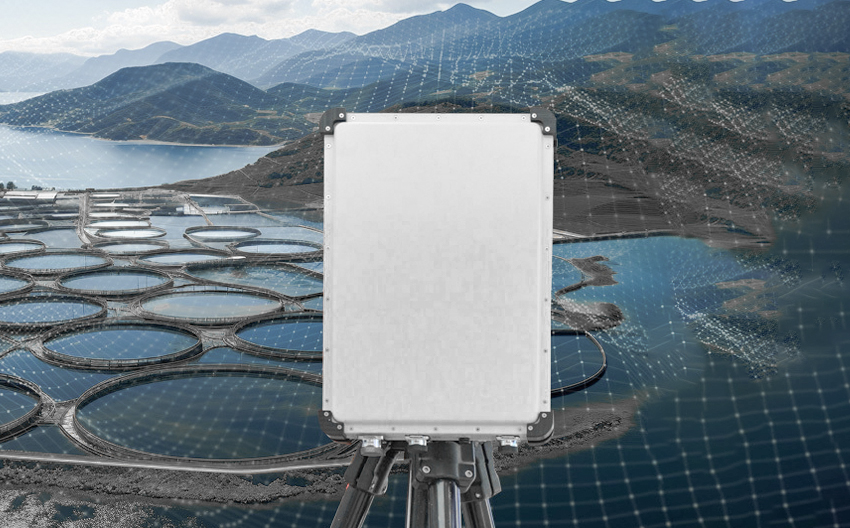
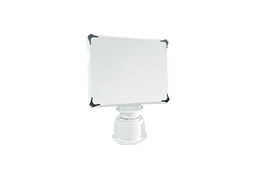
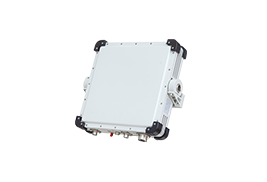



 X
X







 GLOBAL / ENGLISH
GLOBAL / ENGLISH

The drone defense system includes a range of technologies that collectively work for detecting, tracking, identifying, and neutralizing drones.
Radar Systems: Using radar waves to detect airborne targets, especially for fast-moving drones.
Radio Frequency (RF) Detectors: Monitoring drone communication frequencies to detect and track their positions.
Optical and Infrared Cameras: Capturing images of drones using visible light and infrared, aiding in identification across various environmental conditions.
Jamming and Neutralization Technologies:Electronic Countermeasure Devices: Emitting jamming signals to disrupt drone communication or interfere with their GPS signals, causing navigation failures.
GPS Spoofing: Sending false GPS signals to mislead drone navigation systems, altering their flight path or forcing them to land.
Netting Systems and Laser Weapons: Physical interception methods such as launching nets to capture drones or using directed-energy weapons like lasers to damage drones.
Command and Control Systems:Integrated Software Platforms: Fusion and analysis of data from all sensors and interception tools, providing real-time monitoring and automated or semi-automated decision support.
Response Coordination Tools: Enabling operators to effectively deploy resources and coordinate responses to manage and neutralize drone threats.
Physical Interception Technologies:Counter Unmanned Aerial Systems (C-UAS): Deploying specially designed drones equipped with net guns or other interception devices for aerial interception.
Acoustic Weapons: Using sound waves to disrupt drones, affecting their stability or operation.
These technologies can be used individually or in combination to build a layered defense system capable of addressing drone activities ranging from simple disturbances to complex security threats.












